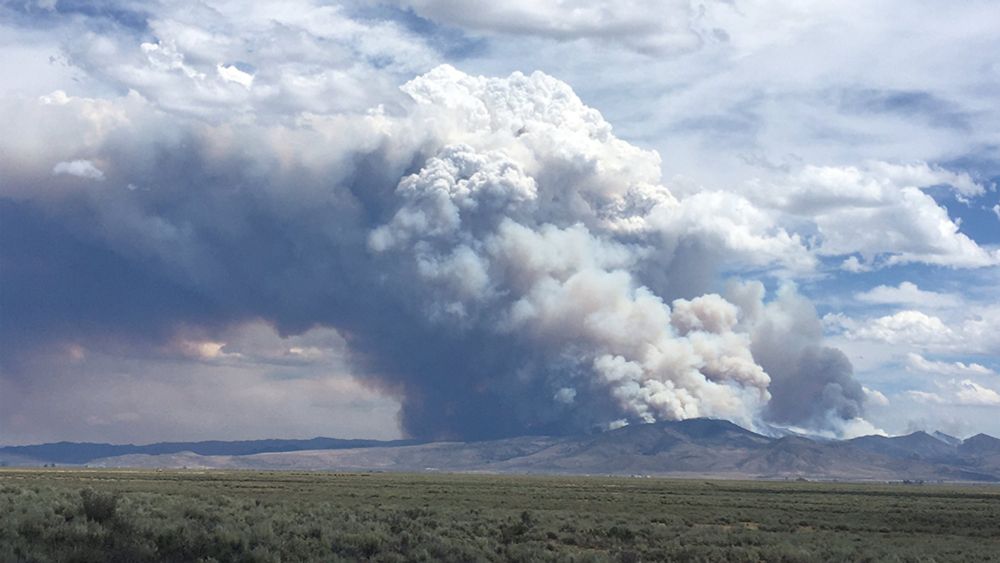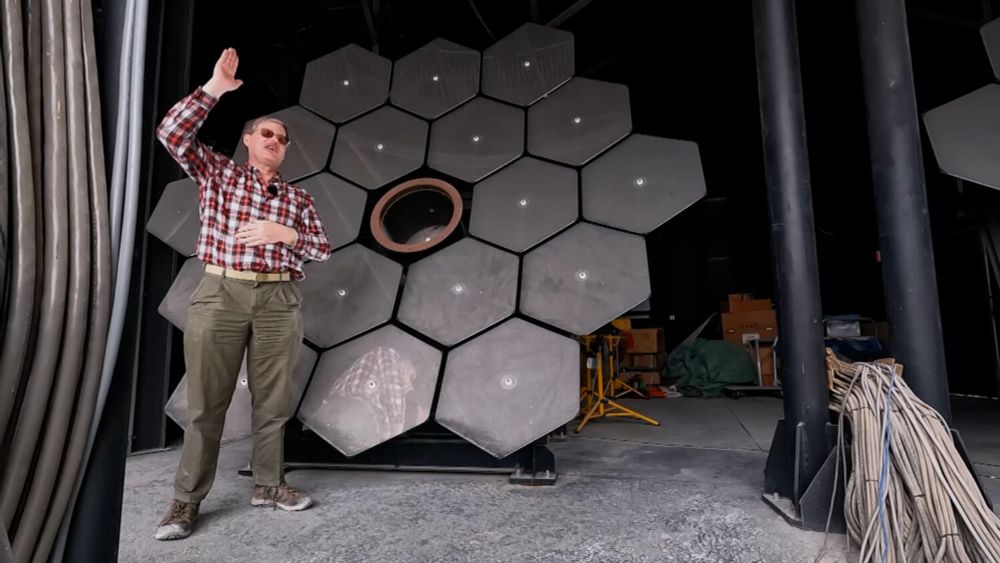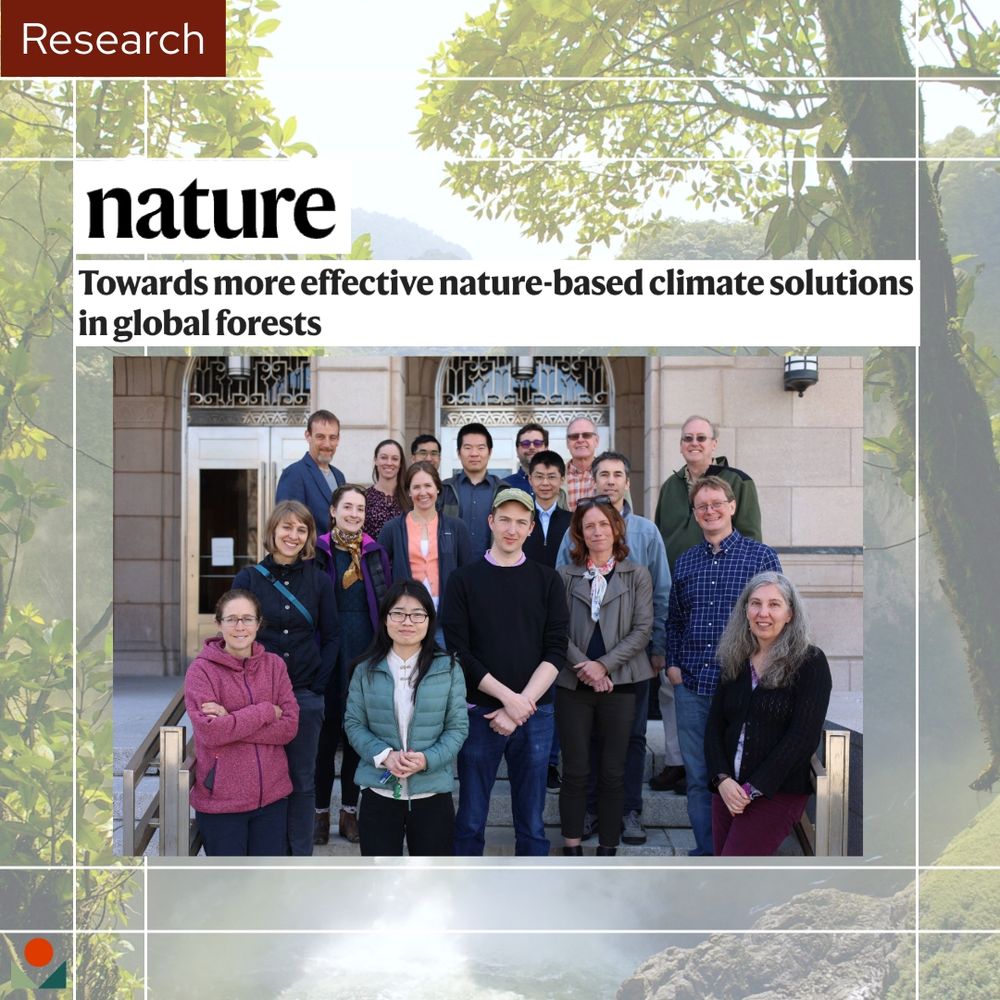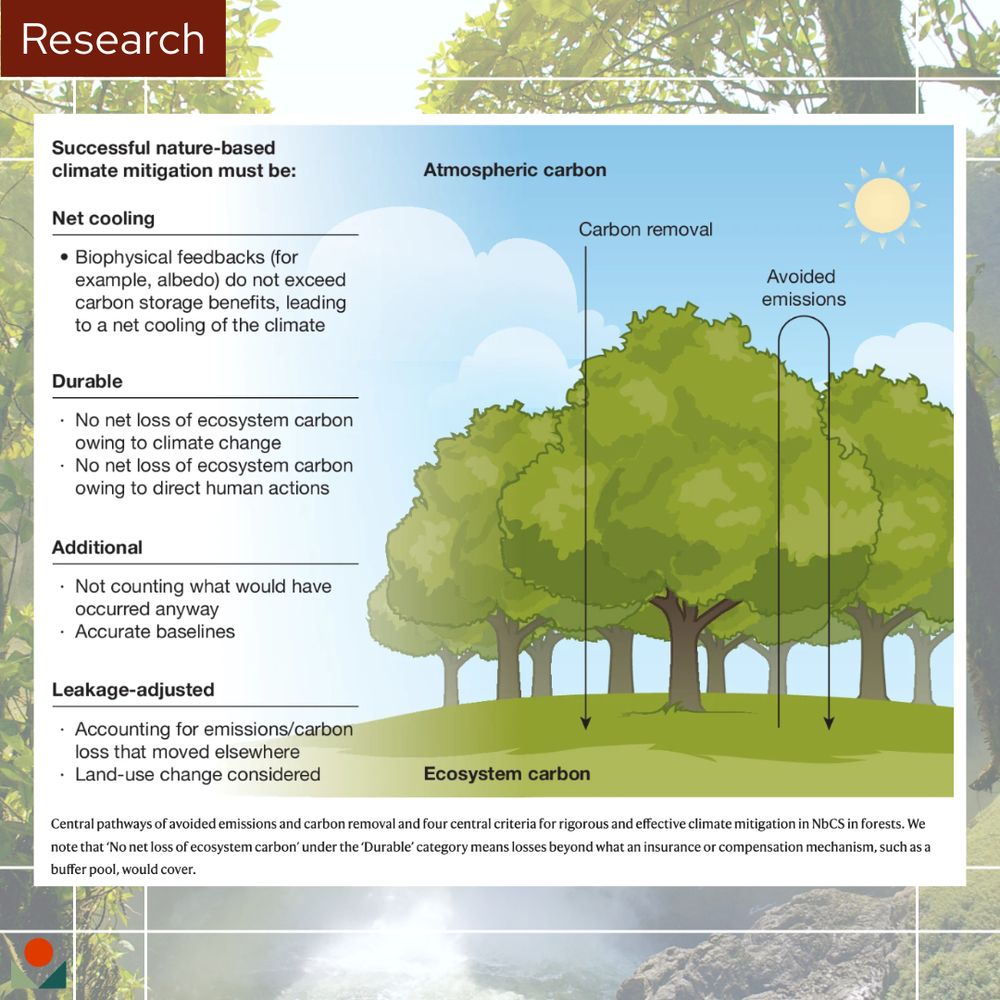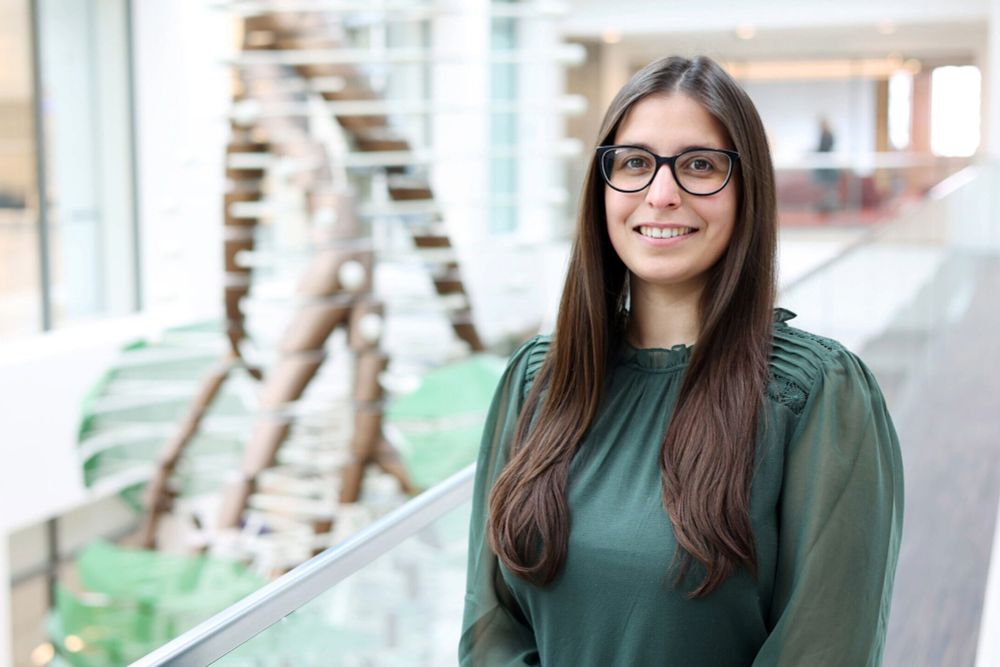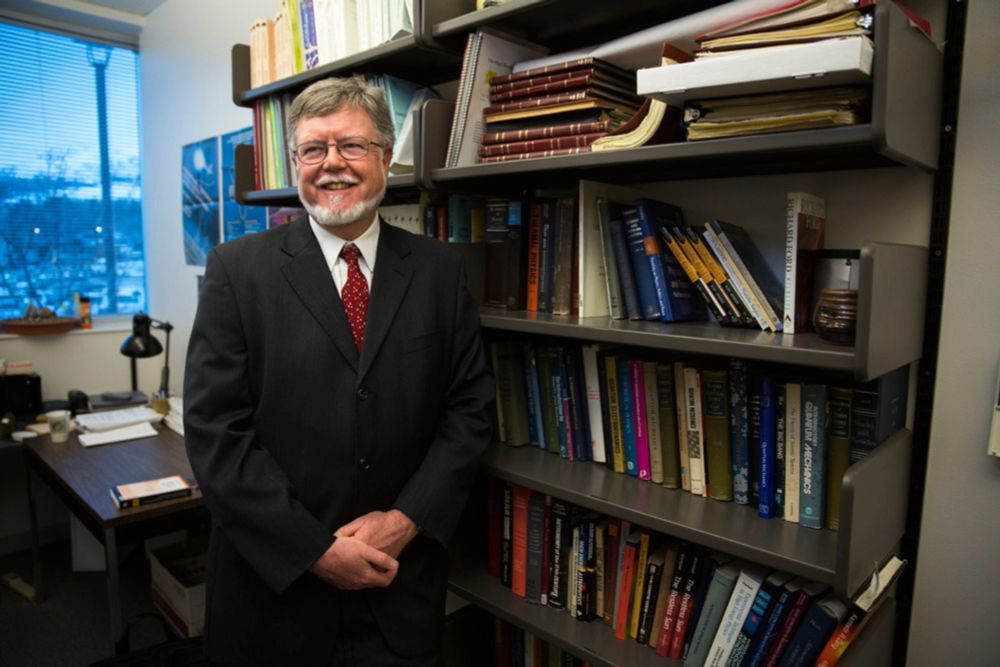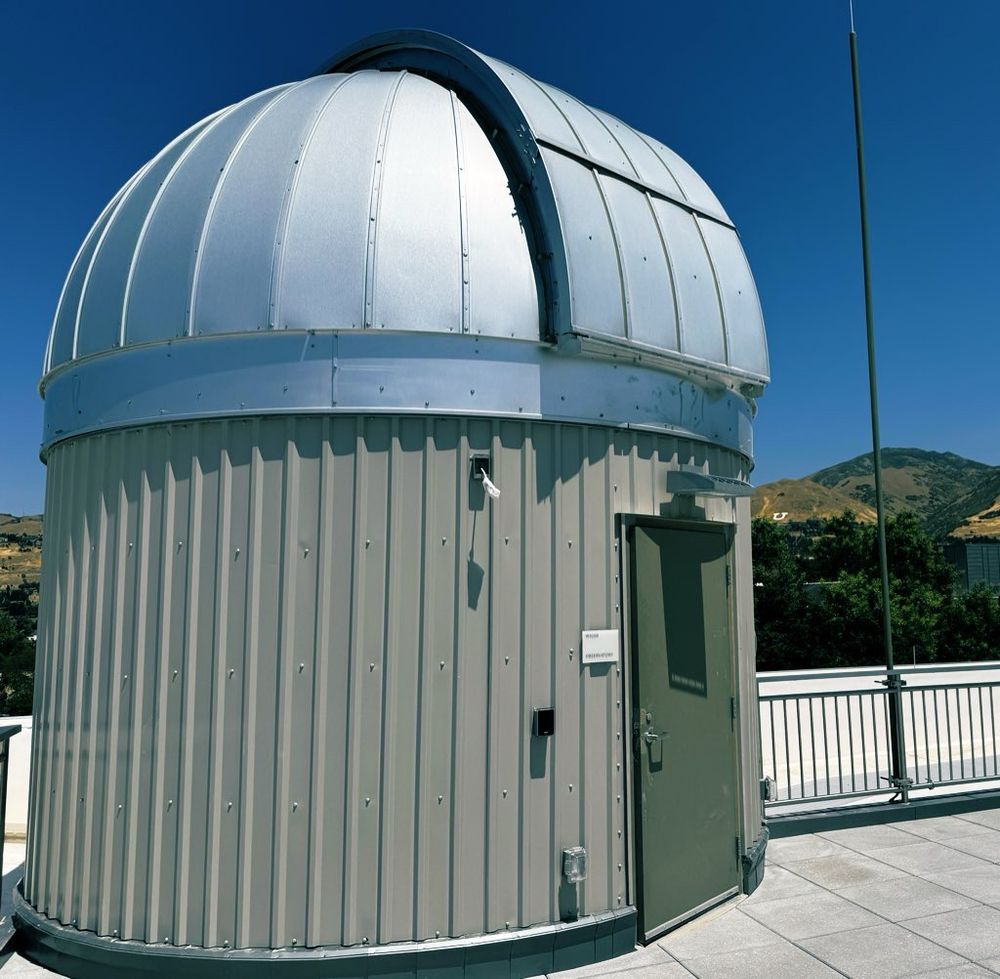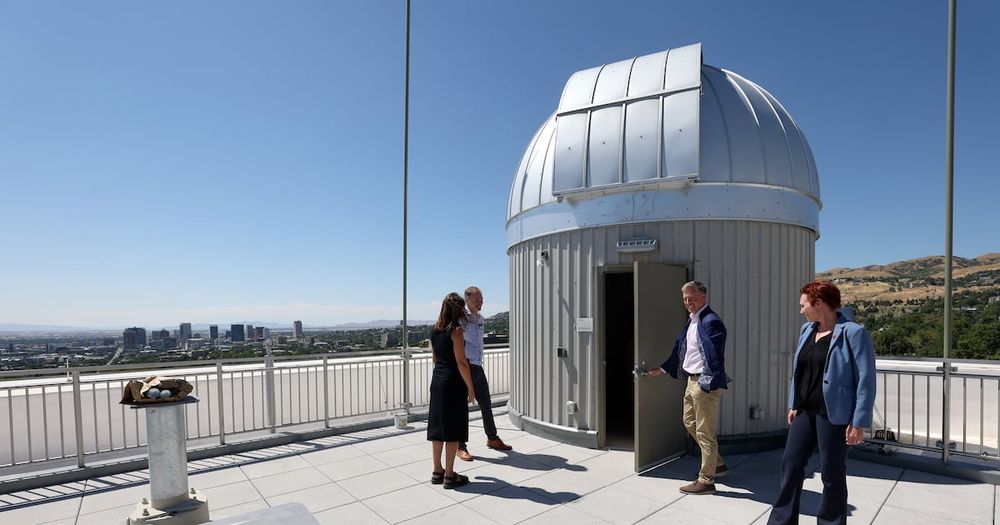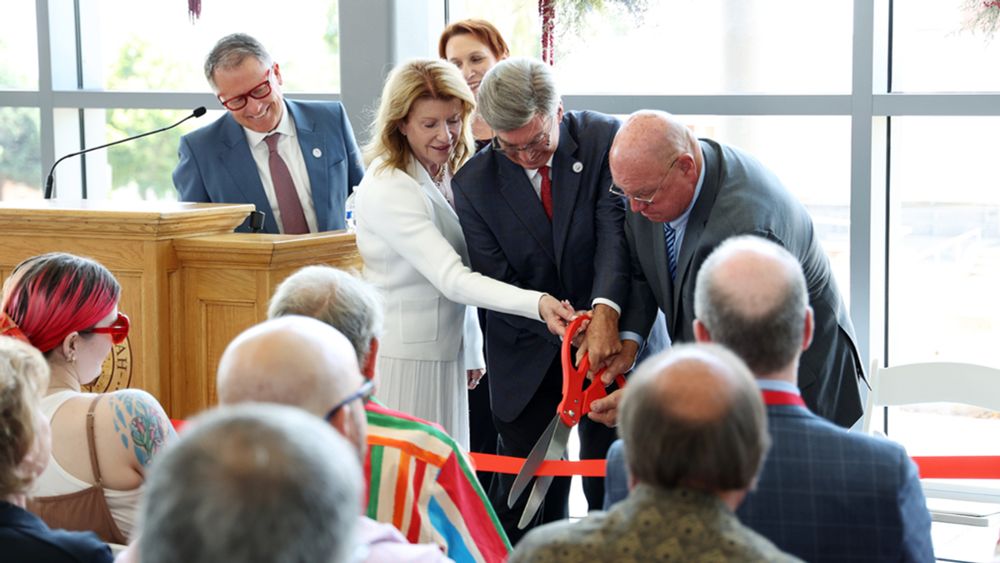Posts
Media
Videos
Starter Packs
Reposted by U of U's College of Science
Reposted by U of U's College of Science
Reposted by U of U's College of Science
Reposted by U of U's College of Science
Reposted by U of U's College of Science
Reposted by U of U's College of Science
Utah Chemistry
@utahchemistry.bsky.social
· Jul 18
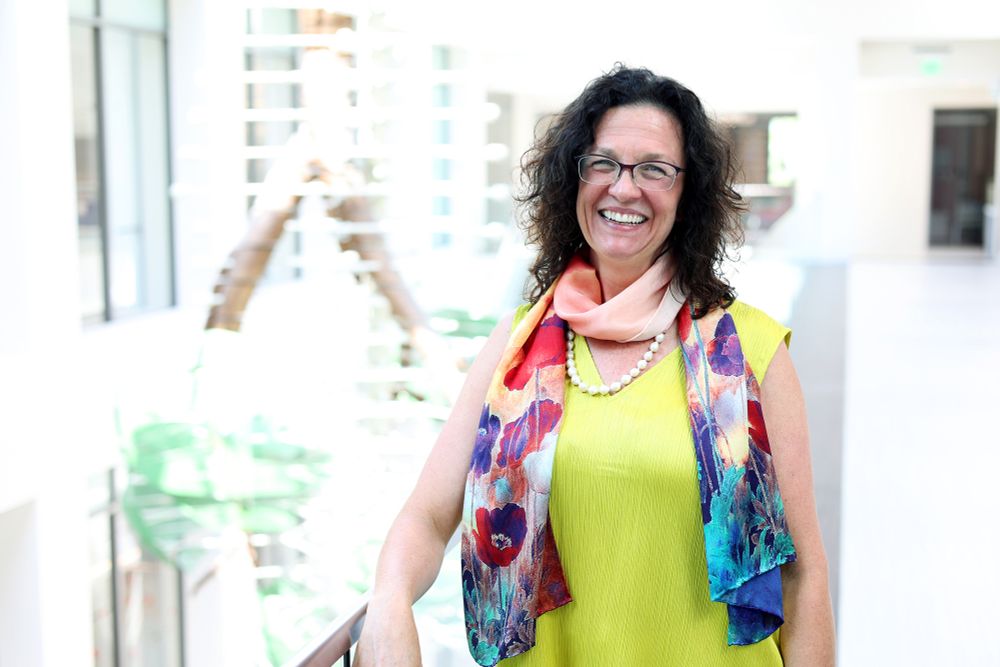
Aurora Clark Named New Chair of Chemistry - Department of Chemistry
The University of Utah Department of Chemistry welcomes Aurora Clark as its new chair beginning July 1, replacing interim chair Peter Armentrout. She brings with...
chemistry.utah.edu
















